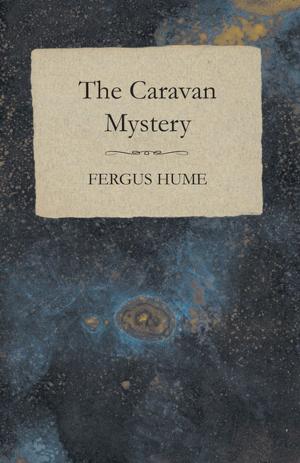Violin Varnish
Nonfiction, Entertainment, Music, Instruments & Instruction, Strings, Reference, General Reference| Author: | Joseph Michelman | ISBN: | 9781446546871 |
| Publisher: | Read Books Ltd. | Publication: | April 16, 2013 |
| Imprint: | Angell Press | Language: | English |
| Author: | Joseph Michelman |
| ISBN: | 9781446546871 |
| Publisher: | Read Books Ltd. |
| Publication: | April 16, 2013 |
| Imprint: | Angell Press |
| Language: | English |
After more than eight years of extensive research on the varnish used by the Italian Violin Makers from 1550 to 1750 A. D., it has not been possible to corroborate the results in the chemical laboratory. This is due entirely to the unavailability of samples of the varnish for confirmatory analysis. Violins made by the Italian masters of this period are so valuable and so scarce that a small sample of the varnish has not been procurable for experimental purposes. Therefore, synthesis must precede analysis . . . . and with no assistance from the latter. This, then, will explain the sub-title of this book as: “A Plausible Re-creation of the Varnish Used by the Italian Makers Between the Years 1550 and 1750 A. D.” However, the results of this investigation are so logical and so deeply supported by a vast amount of convincing evidence, that publication of the book is in order. First, possibly the findings will be confirmed, or otherwise, by investigators who may be more fortunate in having access to material from authentic violins made by the old masters. Confirmatory chemical tests will be suggested; it should be comparatively simple, especially through modern micro-analytical methods, to determine the presence of certain constituents in the varnish. The subject matter of this book will of necessity become technical, especially when the theoretical aspects are considered. It is realized that not everyone who will be interested in the rediscovery of the old Italian varnish will also be interested in the scientific deductions and conclusions. For this reason, a chapter will be included in which the preparation of the materials from which the varnish is made, the formulation of the varnish and its application will be reduced to the simplest terms. The old masters who lived several hundred years ago and who possessed none of the advantages of modern technology also used only the simplest technique in varnishing and finishing their violins.
After more than eight years of extensive research on the varnish used by the Italian Violin Makers from 1550 to 1750 A. D., it has not been possible to corroborate the results in the chemical laboratory. This is due entirely to the unavailability of samples of the varnish for confirmatory analysis. Violins made by the Italian masters of this period are so valuable and so scarce that a small sample of the varnish has not been procurable for experimental purposes. Therefore, synthesis must precede analysis . . . . and with no assistance from the latter. This, then, will explain the sub-title of this book as: “A Plausible Re-creation of the Varnish Used by the Italian Makers Between the Years 1550 and 1750 A. D.” However, the results of this investigation are so logical and so deeply supported by a vast amount of convincing evidence, that publication of the book is in order. First, possibly the findings will be confirmed, or otherwise, by investigators who may be more fortunate in having access to material from authentic violins made by the old masters. Confirmatory chemical tests will be suggested; it should be comparatively simple, especially through modern micro-analytical methods, to determine the presence of certain constituents in the varnish. The subject matter of this book will of necessity become technical, especially when the theoretical aspects are considered. It is realized that not everyone who will be interested in the rediscovery of the old Italian varnish will also be interested in the scientific deductions and conclusions. For this reason, a chapter will be included in which the preparation of the materials from which the varnish is made, the formulation of the varnish and its application will be reduced to the simplest terms. The old masters who lived several hundred years ago and who possessed none of the advantages of modern technology also used only the simplest technique in varnishing and finishing their violins.















